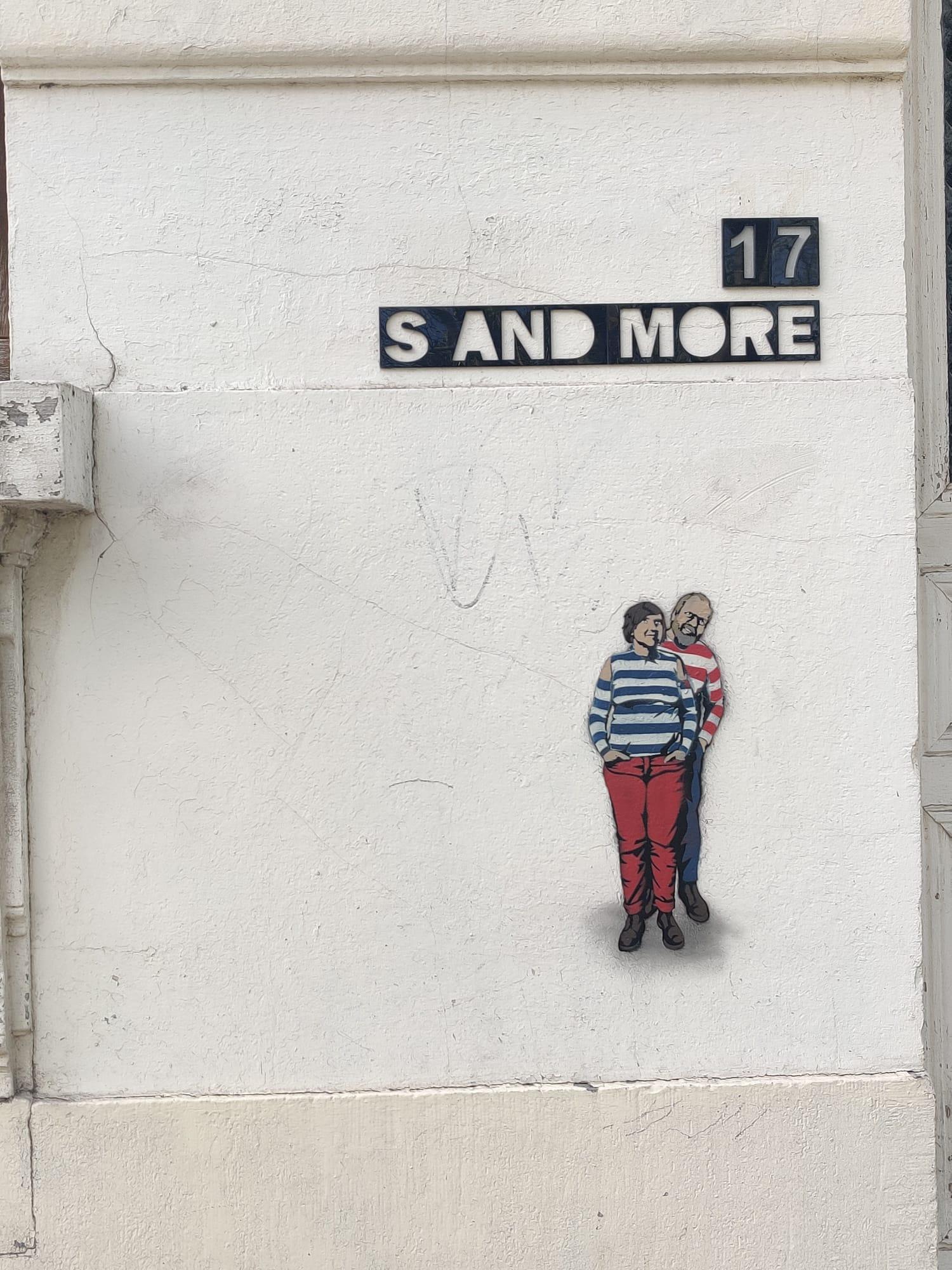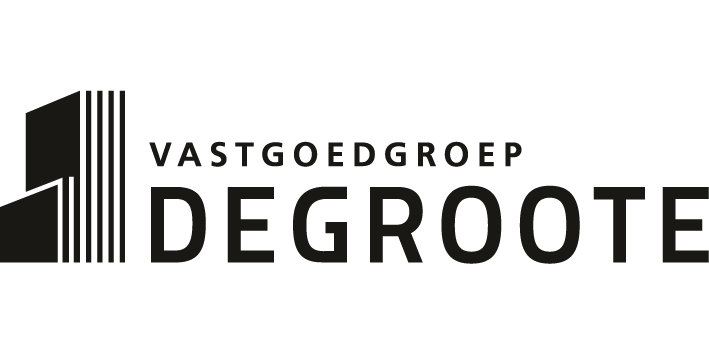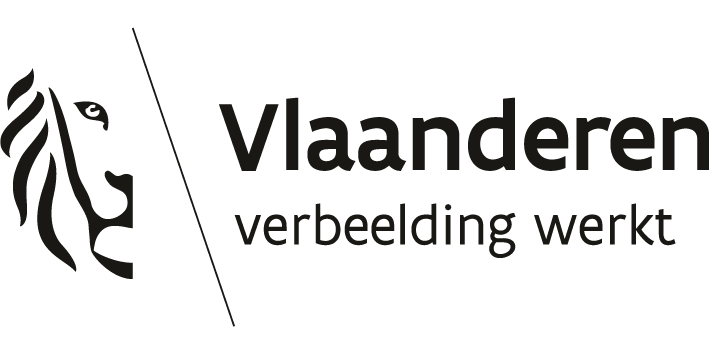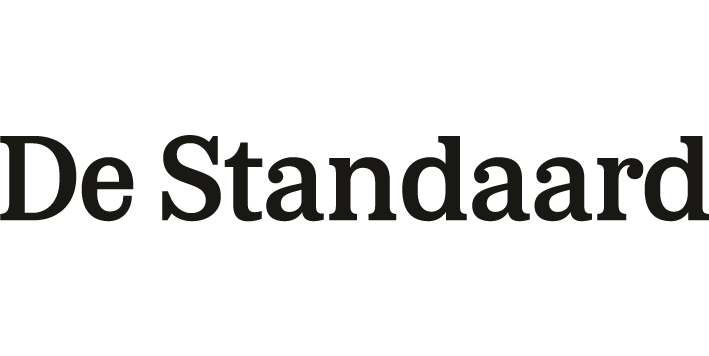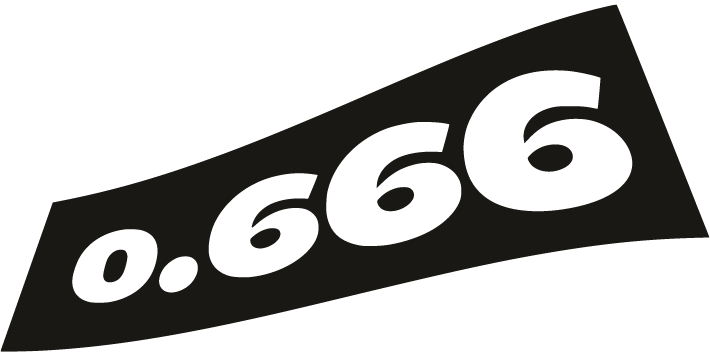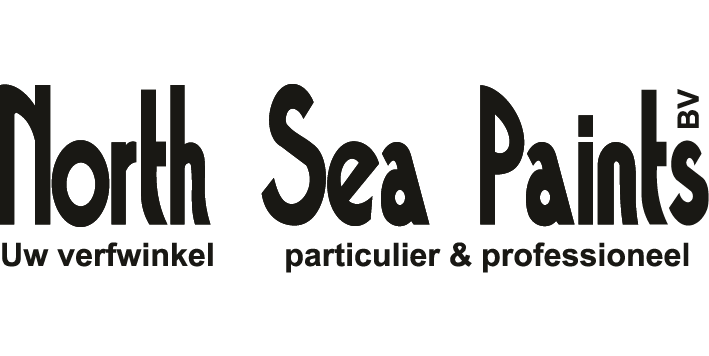Sophie, resident:
There are not many ordinary people among the eager observers on the beach. They are all characterised by top hats, monocles, and suits. There are just a few working-class characters in this corner. That was also true in reality. On the beach and the dyke there was absolutely no room for plebs. And the man with the farmer’s cap was only allowed to be there because he pulled the bathing cart to the water with his horse.
In 1889, one year before The Baths at Ostend, the municipal council literally decided to ban the poor beggars from sight. This was because a smallpox epidemic had broken out in the working-class districts, and it was imperative for the tourists not to be infected. Therefore, the popular annual fair was moved from July to October. No harm would come of it in October, when the coastal season was over. All the perfumed ladies and gentlemen would have left again for their mansions in the rest of Belgium.
In the same year, Ensor produced his famous etching Belgium in the 19th century. In it, he depicts a mass demonstration of the people taking to the streets for universal suffrage and education for the poor. The gendarmerie stands between them with pistols and bayonets, and open fire. King Leopold II watches from the clouds wearing his pince-nez, and doesn’t understand it at all. “What do you want? Aren’t you content? I can’t hear you properly and I can’t see you!” Indeed. In those days, rich and poor literally lived on different planets.
